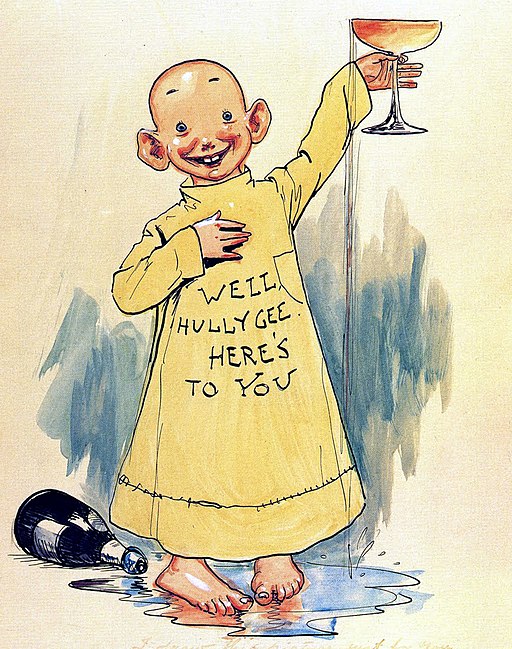 |
| Theme - journalism jargons |
The practice of journalists quoting individuals by name or referring to the source of a particular piece of information is called attribution.
Information that is not in the public domain, or information that is opinionated, or information that is or could be controversial is usually attributed to the person who said it or attributed to the publication from where it has been obtained.
INFORMATION SOURCES
Journalism is mostly about reportage -- the process of describing or detailing a current development related to an event, an issue, a place or a person.
So there are reports about events (sports tournaments, political conventions etc.) or about social, political, economic issues (gadget addiction, corruption allegations etc.) or about places (a city hit by an earthquake, the city hosting Olympics etc) or about people (Nobel Prize winner, the election of President etc.)
Journalists get their information from multiple sources. Some data they need are in the public domain, while some others have to be obtained from people in positions of responsibility or power. While the former is easy, the latter is not.
WHY SOURCING INFORMATION IS DIFFICULT
Getting positive information is easy: for example, the achievements of people and institutions. Everyone likes to talk about them. But, getting negative information is difficult: for example, allegations of corruption or other misdeeds. No one wants to talk about them, and no one wants to be seen talking about them. Thus getting such information is a big challenge for journalists.
IMPORTANCE OF ATTRIBUTION
Attribution brings in objectivity, transparency and credibility. For example, take a story of a train accident. A journalist wouldn’t attribute information like the time of departure of the train or to where it was headed etc since they are in the public domain and known to everyone.
However, information such as the number of people who are injured or killed or the possible causes of the accident etc is attributed to sources that are authentic and credible, like the director of the hospital where the injured are being treated, or the mayor the city etc.
It is possible that authentic and credible sources might get their facts wrong.
ANONYMOUS SOURCES
Sometimes journalists do not attribute important information to any particular person. They would just say, "... sources privy to the development said …" or "... highly placed sources said … etc."
They do so in cases where attribution jeopardises the position of the source and thereby negates the very purpose of obtaining the information and publishing or broadcasting it. For example, specific details of classified documents that throw light on allegations of corruption against a Minister.
But this doesn’t mean that no one knows who the source is. The editors -- who do the fact check and ascertain the veracity of all the information that a reporter brings in -- are kept in the know about from where the information has been obtained.
ISSUE OF CREDIBILITY
Whether using anonymous sources for a story impacts credibility or not depends on who the journalist is and which is the publication. Journalists and publications build their credibility over many many years.
If a reputed publication carries stories quoting anonymous sources, people tend to believe them. Because they wouldn’t expect a reputed publication to carry a story that is wrong.
But, if stories with anonymous sources repeatedly turn out to be false, that could adversely impact credibility.
SOCIAL MEDIA AND ATTRIBUTION
There are many people who put out factual information on social media like Twitter, Facebook, Instagram, WhatsApp etc. But not all such messages are properly attributed to verifiable and authentic sources.
So it's hard to believe such messages. Who knows they could be wrong. Unless you know the person who has put out that message, and you know that he/she won't put out unverified, incorrect messages.
If you find on social media startling, controversial messages that have no identifiable source, refrain from forwarding or retweeting them, until you have fact-checked them and established their veracity.
THE FAMOUS ANONYMOUS SOURCE
He was identified as merely Deep Throat by journalists Carl Bernstein and Bob Woodward of Washington Post who did a series of investigative reports in the early 1970s on the break-in into the headquarters of the Democratic National Convention in Watergate and the subsequent attempt by President Richard Nixon’s administration to cover it up.
In 2005, nearly 30 years later, former FBI deputy director William Mark Felt, Sr., publicly revealed that he was Deep Throat referred to by Bernstein and Woodward in their reports. The two journalists wrote a book All the President’s Men about what came to be known as the Watergate scandal. There is also a movie of the same name. If you are interested in journalism, you must read/watch it.
(
This post is a part of the "Blogging from A to Z Challenge April 2019".)
























